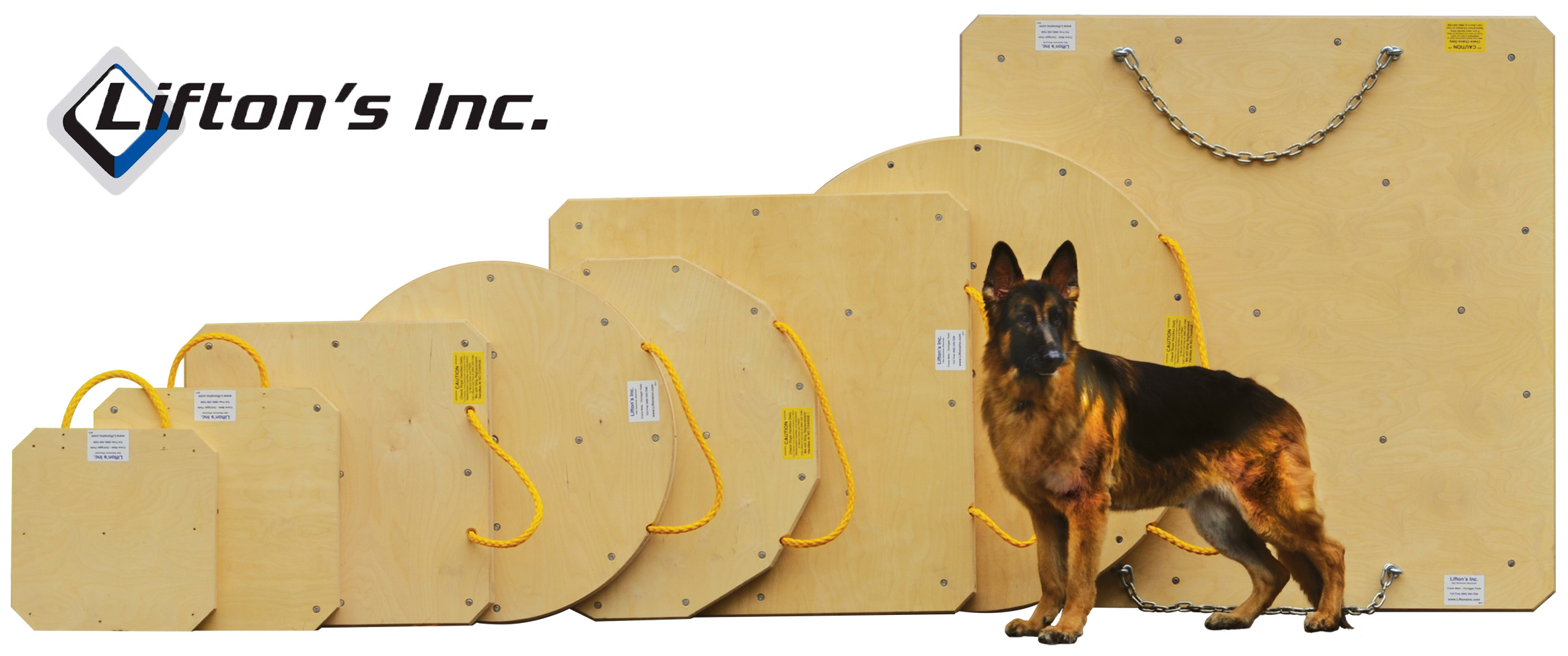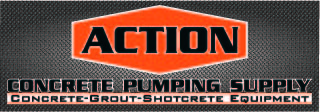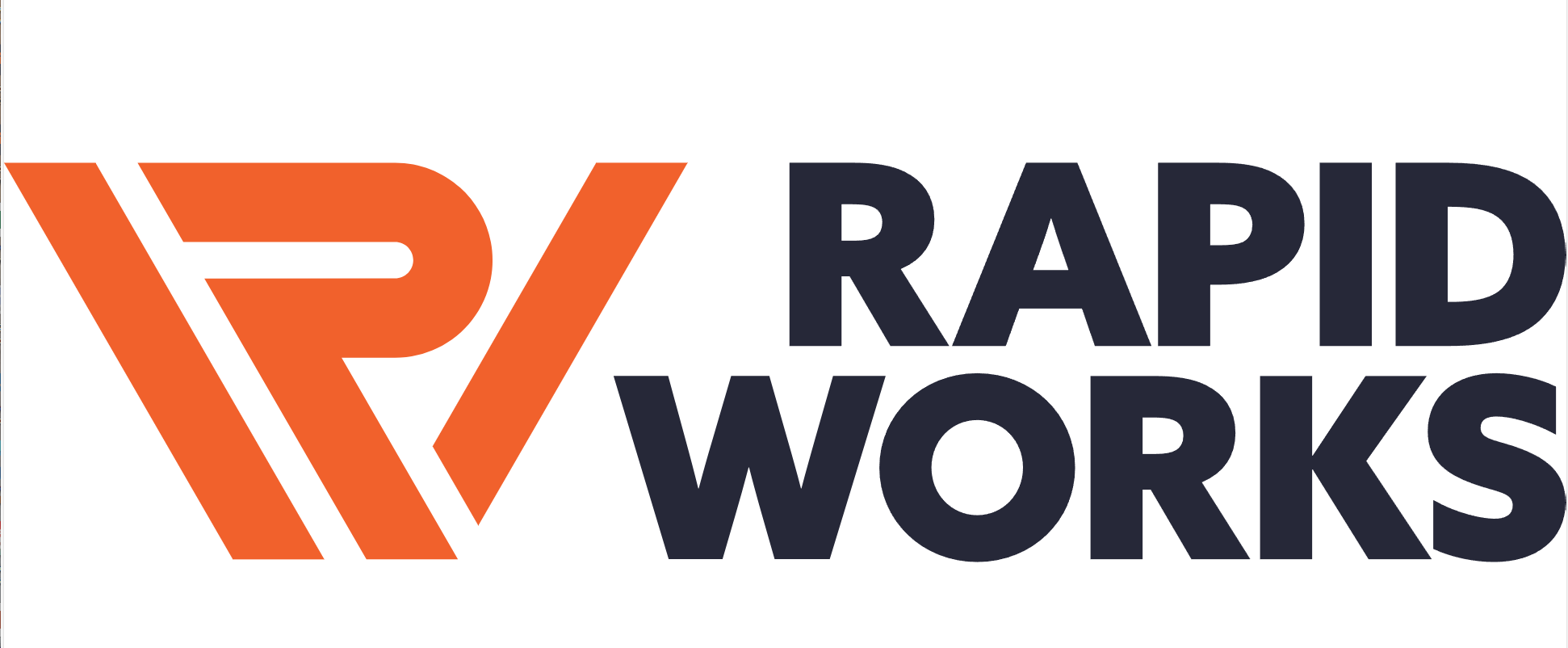| Todd | 06-30-2009 | comment profile send pm notify |
|
STATE OF CALIFORNIA - DEPARTMENT OF INDUSTRIAL RELATIONS ARNOLD SCHWARZENEGGER, Governor OCCUPATIONAL SAFETY AND HEALTH STANDARDS BOARD 2520 Venture Oaks Way, Suite 350 Sacramento, CA 95833 (916) 274-5721 FAX (916) 274-5743 Attachment No. 2 INITIAL STATEMENT OF REASONS CALIFORNIA CODE OF REGULATIONS TITLE 8: Chapter 4, Subchapter 4, Article 29, Section 1720 of the Construction Safety Orders. Concrete Pumps and Placing Booms. SUMMARYThis rulemaking proposal is being initiated in response to a Division of Occupational Safety and Health (Division) memorandum, dated August 13, 2003, with attached Form 9, Request for New, or Change in Existing Safety Order. The Division expressed concern regarding accidents that have occurred involving concrete pumping equipment. Concrete pumping using truck-mounted concrete placing booms, trailer-mounted pumps and separate concrete placing booms is widely used in the construction industry due to its ability to quickly place concrete at points removed from the point of delivery to the jobsite. Direct concrete placement without re-handling improves the quality of the pour and requires less labor. Direct placement also reduces workplace congestion and can thus improve workplace safety. However, accidents involving concrete pumping equipment have occurred that include boom trucks overturning due to unstable ground, placing booms which contact high-voltage power lines, and operational failure of delivery system components, such as boom hose attachments and fittings, causing hoses to become whips or causing equipment or components to fall on unsuspecting workers below. Concern has also been expressed regarding the lack of structural inspections of boom parts that are exposed to structural fatigue and wear. Neither Title 8 nor federal standards specifically address mobile truck-mounted concrete pumping equipment and placing booms. However, the State of Washington has developed standards (WAC 296-155-682) that address these hazards for concrete pumping equipment operated in Washington. A voluntary standard has also been developed by an industry association, the Concrete Pump Manufacturers Association (CPMA), CPMA 27-2000, Concrete Pumps, Placing Booms and Delivery Systems, which became effective September 16, 2003. An ad hoc advisory committee, consisting of equipment manufacturers, inspectors, management and labor representatives was convened by Board staff on December 10-11, 2003, to develop standards for mobile truck-mounted concrete pumping equipment. This proposal is based substantially on a consensus proposal developed by the committee. SPECIFIC PURPOSE AND FACTUAL BASIS OF PROPOSED ACTIONSection 1720. Placement of Concrete. Section 1720 contains provisions for concrete buggies, pumpcrete systems, concrete buckets, ready-mix trucks, and formwork. It is proposed to amend existing subsection (b), Pumpcrete Systems, by clarifying existing text and adding provisions to address the safe operation, inspection, maintenance and repair of concrete pumps and placing booms. Subsection (b), Pumpcrete Systems. Existing subsection (b) requires that (1) pumpcrete or similar systems using discharge pipes be provided with pipe supports designed for 100 percent overload; and (2) compressed air hoses in such systems be provided with fail-safe joint connectors to prevent separation of sections when pressurized. It is proposed to amend these requirements and relocate them to new subsection (b)(3)(E) entitled “Delivery Systems.†It is also proposed to re-title subsection (b), “Concrete Pumps and Placing Booms.†The term “pumpcrete†is not commonly used in construction in California, or the United States, thus the application of the existing provisions are vague and unclear. The proposed amendments are necessary for clarity purposes to ensure proper application of the standard. New Subsection (b)(1), Scope. New subsection (b)(1) is proposed to establish that subsection (b) applies to truck-mounted concrete boom pumps, trailer-mounted concrete pumps and separate concrete placing booms. The proposed amendment is necessary to clarify the application of provisions contained in subsection (b). New Subsection (b)(2), Definitions. New subsection (b)(2) is proposed to define certain terms included in the proposal. These terms include concrete delivery hose, control panel, delivery system, end hose, placing boom, and remote control. Defining these terms is necessary to establish a common reference point to assist the regulated public and compliance officers in the proper application of the standards. New Subsection (b)(3), General. New subsection (b)(3) is proposed to prescribe standards for equipment identification and ratings, set-up and operation, controls, guarding, delivery systems, and clearances from high-voltage power lines. New Subsection (b)(3)(A), Equipment identification and ratings. New subsection (b)(3)(A) is proposed which would establish minimum standards for critical design and manufacturing information, and to require that this information be included on durable identification plates on the concrete pump and placing boom, consistent with industry standards. These provisions are necessary to assist operators and inspectors in assuring that the subject equipment is inspected, maintained and operated in a safe manner. New Subsection (b)(3)(B), Set-up and operation. New subsection (b)(3)(B) is proposed to prescribe critical procedures for setting-up and operating concrete pumping equipment and placing booms. Specifically, it requires concrete pumping equipment and placing booms be set-up and operated in accordance with the manufacturer’s operation and safety manuals, and these orders. It also requires that the manufacturer’s operation manual be maintained in legible condition and be available to the operator during set-up and operation of the equipment. Moreover, it specifies that concrete placing booms shall not be used to drag hoses or lift other loads, and that concrete delivery hoses are not to be used as end hoses. An exception is proposed to permit delivery hoses to be used as end hoses for shotcrete operations only, in order to accommodate standard industry practice specific to this type of concrete placement. These provisions are necessary to establish minimum standards for safe set-up and operation of concrete pumping equipment and placing booms. New Subsection (b)(3)(C), Controls. New subsection (b)(3)(C) is proposed which requires that controls have their functions clearly marked; and if there are several control locations, the same operation shall only be possible from one location at a time. It also requires that controls be safeguarded from unintended operation, with an exception proposed for equipment manufactured prior to the effective date of the standard so as not to require potentially cost prohibitive retrofit of older equipment. These provisions are necessary to assure safe operation of equipment and protect workers from unintended operation due to improperly or unclearly marked controls, or from inadvertent contact with the controls. New Subsection (b)(3)(D), Guarding. New subsection (b)(3)(D) is proposed which provides for machine guarding in accordance with manufacturers’ specifications in order to prevent unintentional access to moving parts of the concrete pumping system, such as those found in the hopper. This amendment is necessary to require machine guarding consistent with manufacturer specifications in order to protect workers from the hazards of unguarded moving parts. New Subsection (b)(3)(E), Delivery Systems. New subsection (b)(3)(E) is proposed which incorporates amendments to existing subsections (b)(1) and (b)(2). These existing subsections pertain to discharge pipes and restraint of compressed air hoses. They are taken from 29 CFR 1926.702(e) for concrete pumping systems. Their origins, however, are obscure and their intent is unclear. Based on advisory committee input and communication with Federal OSHA, it is proposed to revise these provisions to require that (1) concrete pumping systems using discharge pipes be provided with pipe supports designed for twice the rated load, including concrete at 150 lbs/ft3; and (2) compressed air hoses, if used, be equipped with connecting ends that shall be chained or otherwise secured to prevent whipping in case of separation when pressurized. The term “100% overload†has been replaced with “twice the rated load,†and the term “fail-safe joint connectors†has been repealed. Both “100% overload†and “fail-safe joint connectors†are repealed as these terms are not used or understood in the industry. The proposed amendments are necessary to clarify existing standards by utilizing terms that are used and understood in the industry. New Subsection (b)(3)(F). New subsection (b)(3)(F) is proposed which requires that the operation of concrete placing booms in proximity of overhead high-voltage lines be in accordance with Article 37 of the High-Voltage Electrical Safety Orders, except where the manufacturer’s specifications may require greater clearances. The new subsection would also establish criteria for warning signs to be posted on the equipment to alert operators to minimum clearances for safe operation. The amendments are necessary to ensure that concrete placing booms are operated with sufficient separation distances from overhead high-voltage power lines to assure safety of workers and others in proximity to the operating boom. New Subsection (b)(4), Inspection, maintenance and repairs. New subsection (b)(4) is proposed which prescribes procedures and record keeping requirements for inspection, maintenance and repairs, as follows: New Subsection (b)(4)(A). New subsection (b)(4)(A) is proposed which requires that a qualified person visually inspect the machine’s controls and functional mechanisms for maladjustment, damage or deterioration prior to daily use. Any condition that affects the safe operation would be required to be corrected promptly. Hoses, clamps and pipes would also be required to be inspected prior to use, and damaged or defective hoses, clamps or pipes prohibited. These amendments are necessary to ensure that concrete pumping equipment is regularly inspected by qualified persons and that any conditions that might affect safe operations are promptly corrected. New Subsection (b)(4)(B). New subsection (b)(4)(B) is proposed which requires that a preventative maintenance program be established and implemented in accordance with the manufacturer’s specifications. This amendment is necessary to ensure that concrete pumps and placing booms be regularly maintained in accordance with established criteria. New Subsection (b)(4)(C). New subsection (b)(4)(C) is proposed which requires that inspection, maintenance and repairs be performed by a qualified person in accordance with the manufacturer’s specifications and procedures. This amendment is necessary to ensure that inspections, maintenance and repairs are performed by a qualified person according to manufacturer specifications. New Subsection (b)(4)(D). New subsection (b)(4)(D) is proposed which requires that inspection records include the identification of components and parts inspected and tested, a description of test methods, results and repairs made, and the names and signatures of persons performing the inspections. The proposed amendment is necessary to improve worker safety by prescribing minimum documentation requirements for inspections, tests and repairs performed on concrete pumps and placing booms. New Subsection (b)(4)(E). New subsection (b)(4)(E) is proposed which requires that inspections and maintenance records be available for Division examination upon request. The proposed amendment is necessary to ensure that records are maintained and are available for inspection by third parties if requested. New Subsection (b)(5). New subsection (b)(5) is proposed which establishes provisions for the set-up, operation, inspection, maintenance and repairs of equipment where the manufacturer is no longer in business and the manufacturer’s specifications are no longer available. The proposed new subsection also prescribes minimum qualifications for persons specifying criteria for the set-up, operation, inspection, maintenance and repairs of the equipment, and for those actually performing the work. The proposed amendments are necessary to ensure the continued safe use of equipment where the manufacturer is no longer in business and the manufacturer’s specifications are no longer available. DOCUMENTS RELIED UPON1. Memorandum from the Division of Occupational Safety and Health dated August 13, 2003, to the Occupational Safety and Health Standards Board, Request for New or Change in Existing, Safety Order, (Form 9). 2. State of Washington, Administrative Code, WAC 296-155-682(8), Concrete Pumps and Placing Booms. 3. Concrete Pump Manufacturers Association (CPMA) Industry Safety Standard, CPMA 27-2000, Version 4.0.6, Concrete Pumps, Placing Booms and Delivery Systems. These documents are available for review Monday through Friday from 8:00 a.m. to 4:30 p.m. at the Standards Board Office located at 2520 Venture Oaks Way, Suite 350, Sacramento, California. REASONABLE ALTERNATIVES THAT WOULD LESSEN ADVERSE ECONOMIC IMPACT ON SMALL BUSINESSES The Concrete Pump Manufacturers Association (CPMA) has developed a voluntary industry safety standard, CPMA 27-2000, Concrete Pumps, Placing Booms and Delivery Systems, which became effective September 16, 2003. Also, the American Society of Mechanical Engineers is developing a standard, B30.27, Material Placing Systems, which reportedly closely follows the CPMA standards. However, the ASME standard is still in draft stage. A consensus of the advisory committee agreed that minimum standards are needed immediately given that the CPMA standard is voluntary. These alternatives, if implemented, are not likely to lessen any adverse economic impact imposed on small businesses. SPECIFIC TECHNOLOGY OR EQUIPMENTThis proposal will not mandate the use of specific technologies or equipment. COST ESTIMATES OF PROPOSED ACTIONCosts or Savings to State AgenciesNo costs or savings to state agencies will result as a consequence of the proposed action. Impact on Housing CostsThe Board has made an initial determination that this proposal will not significantly affect housing costs. Impact on BusinessesThe Board has made an initial determination that this proposal will not result in a significant, statewide adverse economic impact directly affecting businesses, including the ability of California businesses to compete with businesses in other states. Cost Impact on Private Persons or BusinessesThe Board anticipates that the cost impact which a representative private person or business entity is likely to incur in reasonable compliance with the proposed action is expected to be insignificant because only a very small number of rigs are likely to be affected. Furthermore, the cost impact per rig cannot be accurately determined. (See explanation under Part A and B of Attachment #1 of the STD. 399, Economic and Fiscal Impact Statement.) Costs or Savings in Federal Funding to the StateThe proposal will not result in costs or savings in federal funding to the state. Costs or Savings to Local Agencies or School Districts Required to be ReimbursedNo costs to local agencies or school districts are required to be reimbursed. See explanation under “Determination of Mandate.†Other Nondiscretionary Costs or Savings Imposed on Local Agencies This proposal does not impose nondiscretionary costs or savings on local agencies. DETERMINATION OF MANDATE The Occupational Safety and Health Standards Board has determined that the proposed standards do not impose a local mandate. Therefore, reimbursement by the state is not required pursuant to Part 7 (commencing with Section 17500) of Division 4 of the Government Code because these standards do not constitute a “new program or higher level of service of an existing program within the meaning of Section 6 of Article XIII B of the California Constitution.†The California Supreme Court has established that a “program†within the meaning of Section 6 of Article XIII B of the California Constitution is one which carries out the governmental function of providing services to the public, or which, to implement a state policy, imposes unique requirements on local governments and does not apply generally to all residents and entities in the state. (County of Los Angeles v. State of California (1987) 43 Cal.3d 46.) These proposed standards do not require local agencies to carry out the governmental function of providing services to the public. Rather, the standards require local agencies to take certain steps to ensure the safety and health of their own employees only. Moreover, these proposed standards do not in any way require local agencies to administer the California Occupational Safety and Health program. (See City of Anaheim v. State of California (1987) 189 Cal.App.3d 1478.) These proposed standards do not impose unique requirements on local governments. All employers - state, local and private - will be required to comply with the prescribed standards. EFFECT ON SMALL BUSINESSES The Board has determined that the proposed amendments may affect small businesses. However, no significant economic impact is anticipated. ASSESSMENTThe adoption of the proposed amendments to these standards will neither create nor eliminate jobs in the State of California nor result in the elimination of existing businesses or create or expand businesses in the State of California. ALTERNATIVES THAT WOULD AFFECT PRIVATE PERSONSNo reasonable alternatives have been identified by the Board or have otherwise been identified and brought to its attention that would be more effective in carrying out the purpose for which the action is proposed or would be as effective and less burdensome to affected private persons than the proposed action. |
||











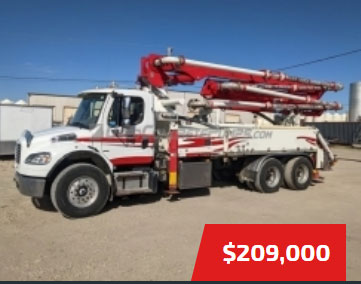

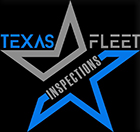


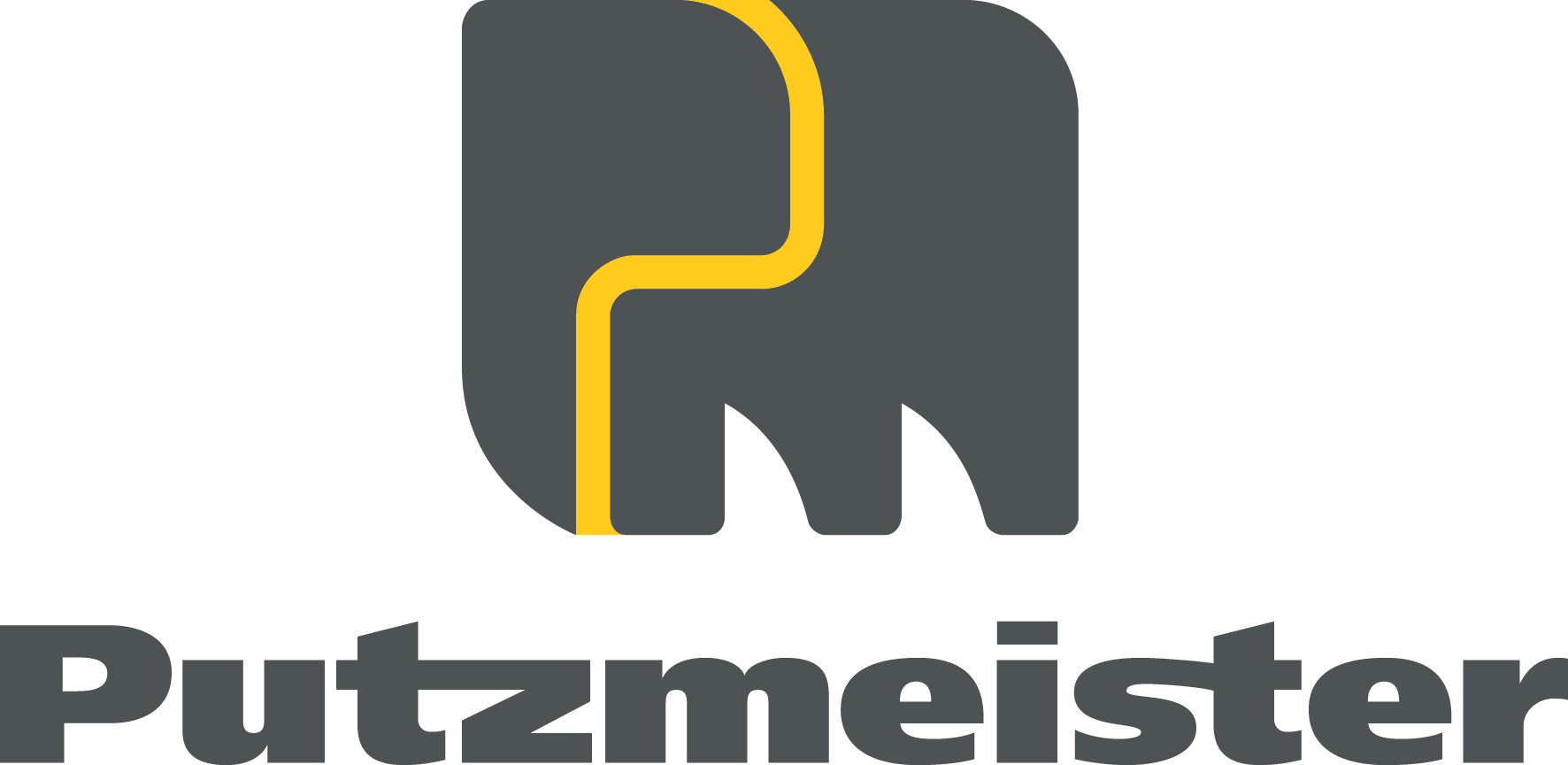



.jpg)
.gif)

.jpg)









.jpg)
